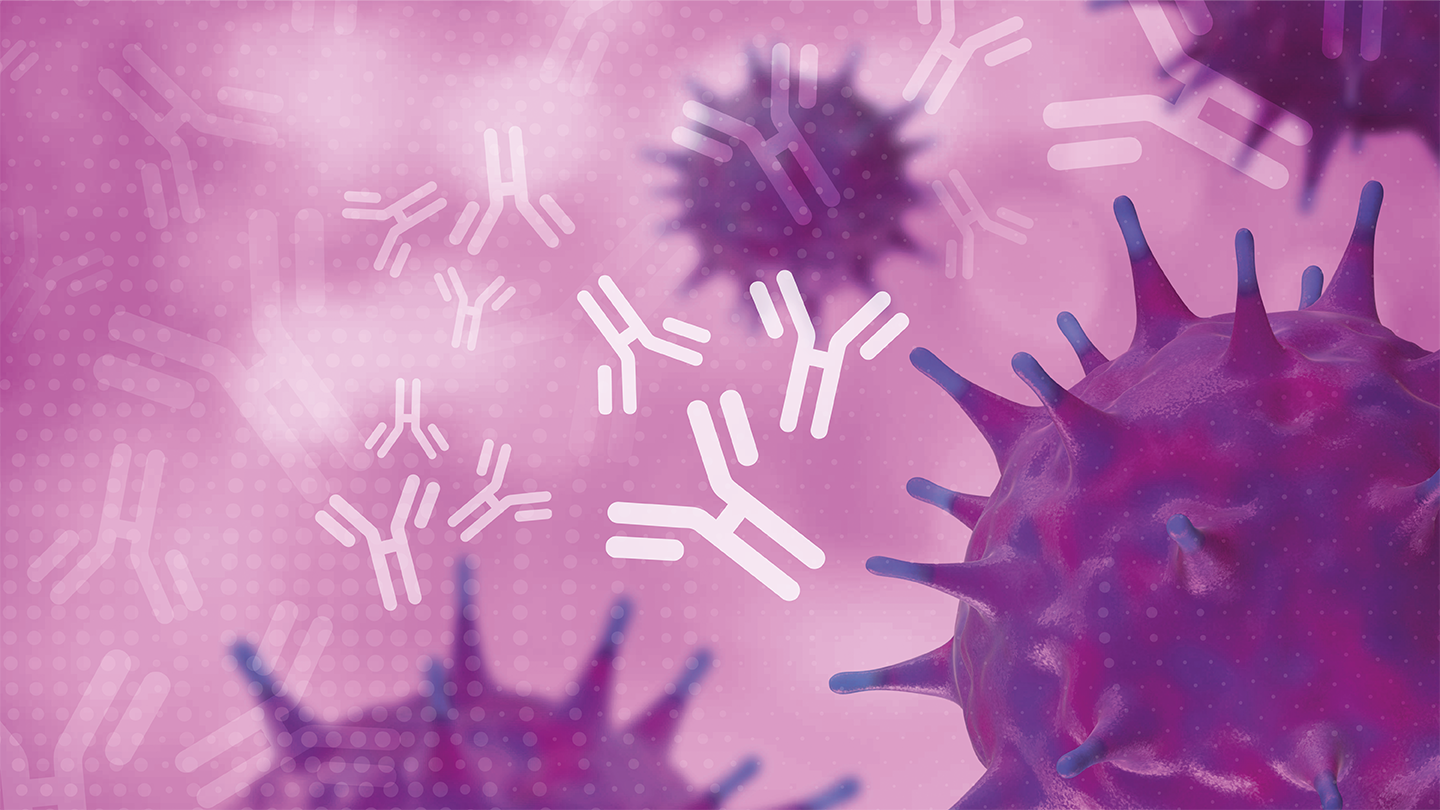What’s in a Name?
Infectious disease naming conventions should aim to prevent stigma and discrimination – and improve public health responses
Given my career as an infectious disease epidemiologist, and my avid interest in history, I am particularly intrigued about the origin of pathogen names, the impact they have on society, and how history continues to repeat itself.
In the 14th century, before syphilis was named after a literary character with the disease, countries at war named the disease after their enemies; Russians referred to the disease as the “Polish Disease,” the Polish called it the “German Disease,” and Italians called it the “French Disease.” This practice of naming a disease after a country and blaming its residents for its spread had the intended effect of promoting hostility and divisiveness. Unfortunately, the previous US President evoked the same hostile reaction when he referred to the SARS-CoV-2 virus as the “China Virus” and “Wuhan Virus,” which has resulted in significant anti-Asian discrimination, harassment, and violence.
In the 20th century, newly discovered pathogens were often named based on the population impacted by the initial outbreak; for example, Legionella pneumophila, which was discovered to be the bacteria behind an outbreak among attendees at an American Legion convention in 1976. Diseases were also named based upon the small geographic area where cases were first reported, including Lyme disease in Lyme, Connecticut; Norovirus in Norwalk, Ohio; and Pontiac fever in Pontiac, Michigan. Similarly, the Ebola virus was named after an outbreak in 1976 near the Ebola River in the Democratic Republic of Congo.
Although residents of these towns, cities, and countries are likely not pleased to have diseases named in such a way, other infectious disease names have been much more stigmatizing and discriminatory because they focused on who was primarily contracting the pathogen. For example, in 1982, what we now refer to as the human immunodeficiency virus (HIV) was often referred to as GRID, for “gay-related immunodeficiency.” Recognizing the harm that could come from poorly named pathogens, the World Health Organization (WHO) established best practices for naming infectious diseases in 2015, stating that names should not negatively impact “trade, travel, tourism, or animal welfare” and should “avoid causing offense to any cultural, social, national, regional, professional, or ethnic groups” (1). The WHO acknowledged that the discovering scientists traditionally name new pathogens and encouraged them to use the new nomenclature standards.
Although the WHO’s effort was a step in the right direction, there are still numerous infectious diseases that were named prior to 2015, including monkeypox, now “mpox.” Mpox was initially discovered and reported in the 1950s as the virus responsible for an outbreak in a colony of monkeys being used for laboratory studies in Denmark. The scientists who named it “monkeypox” should not be faulted for failing to foresee the stigma the name could have when used in future decades; however, that does not mean we can allow it to happen today. Because of “racist and stigmatizing language online, in other settings and in some communities,” the WHO recommended this pathogen be renamed “mpox” in November 2022.
Moving forward, it is critical that we be cognizant of how naming an infectious pathogen can lead to stigmatization, discrimination, and violence against those infected or from a certain region, and to populations disregarding the necessary protocols to contain a disease outbreak. Historically, stigma affected efforts to quarantine individuals exposed to SARS in 2003, the public health response to the 2014 Ebola outbreak in West Africa, and the approach to treating tuberculosis for centuries.
We need to proactively take action to reduce the potential for stigma by reviewing legacy infectious pathogen names and renaming those that are either inflammatory or have the potential to cause harm before an outbreak or pandemic occurs. The WHO uses the term “Pathogen X” to refer to yet-to-be-discovered pathogens that could cause future pandemics. They have convened scientists and thought leaders to discuss "Pathogen X;” explore research gaps that must be addressed to enable rapid development of testing, vaccines, and therapeutics; and glean lessons from the COVID-19 pandemic and other recent outbreaks to improve public health responses to new or re-emerging pathogens in the future.
However, our greatest threat may not be one that can be addressed in laboratories or through clinical trials; it is the ongoing effort to discredit public health and spread misinformation. The US Surgeon General Vivek Murthy issued an advisory on confronting health misinformation in July 2021, stating that, “Health misinformation is a serious threat to public health. It can cause confusion, sow mistrust, harm people’s health, and undermine public health efforts. Limiting the spread of health misinformation is a moral and civic imperative” (2).
Working in public health for nearly 30 years, I couldn’t agree more. It is imperative that “Pathogen X” discussions include the identification of pathogens and diseases most likely to result in stigma and misinformation. In particular, I think Middle East Respiratory Syndrome – or MERS – should be at the top of our renaming priorities due to the potential stigmatization of people from that region of the world.
Dedicated efforts to change pathogen names and launch health information campaigns to address and prevent stigma are needed just as urgently as efforts to develop diagnostics, vaccines, and therapeutics.
References
- World Health Organization, “World Health Organization Best Practices for the Naming of New Human Infectious Diseases” (2015). Available at: bit.ly/3uQfOtS.
- VH Murthy, “Confronting Health Misinformation” (2021). Available at: bit.ly/3YhULy4.





